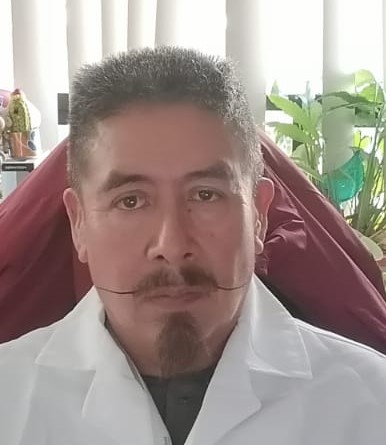
Entamoeba histolytica is the causative agent of human amoebiasis, which mainly affects developing countries. Although several drugs are effective against E. histolytica trophozoites, the control of amoebiasis requires the development of new and better alternative therapies. Medicinal plants have been the source of new molecules with remarkable antiprotozoal activity. Incomptine A isolated from Decachaeta incompta leaves, is a sesquiterpene lactone of the heliangolide type which has the major in vitro activity against E. histolytica trophozoites. However the molecular mechanisms involved in its antiprotozoal activity are still unknown. Using a proteomic approach based on two-dimensional gel electrophoresis and mass spectrometry (ESI-MS/MS) analysis, we evidenced that 21 E. histolytica proteins were differentially expressed in response to incomptine A treatment. Notably, three glycolytic enzymes, namely enolase, pyruvate:ferredoxin oxidoreductase and fructose-1,6-biphosphate aldolase, were down-regulated. Moreover, ultrastructural analysis of trophozoites through electronic microscopy showed an increased number of glycogen granules. Taken together, our data suggested that incomptine A could affect E. histolytica growth through alteration of its energy metabolism.








